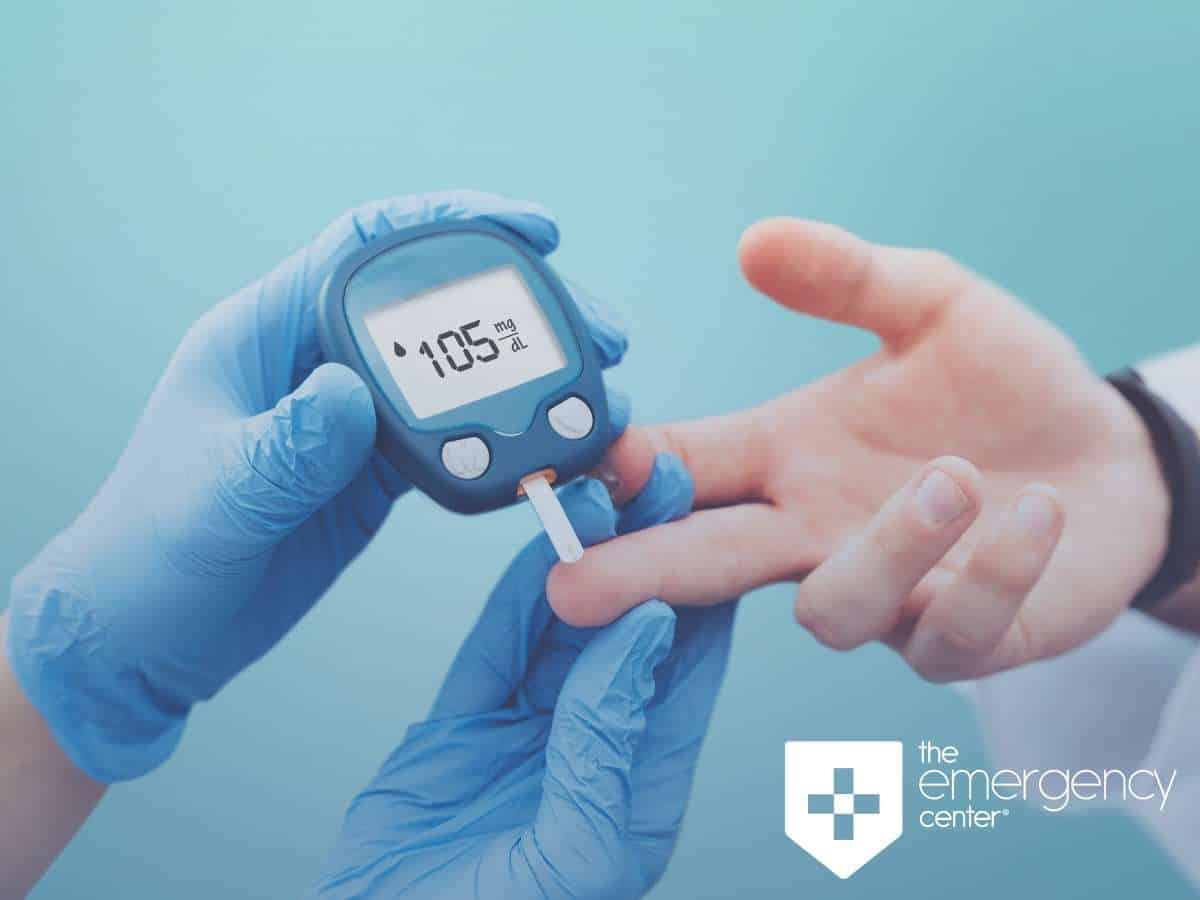For people with both Type 1 and Type 2 diabetes, blood sugar levels that get too high or too low can lead to serious, sometimes life-threatening complications. The good news is that proper diabetes management and blood sugar control can often help you avoid these emergencies.

Hyperglycemia—when blood sugar levels become too high—occurs when the body doesn’t have enough insulin or doesn’t use insulin properly. Insulin is a hormone that helps cells use glucose (blood sugar) for energy. These insulin imbalances can trigger the body to break down fat for fuel, instead of glucose, which results in large amounts of waste products called ketones that make the blood dangerously acidic. The result is DKA.
DKA is a life-threatening condition that can lead to coma or even death. Extreme thirst and frequent urination are often some of the first symptoms to appear. Those may be followed by:
Extremely high blood sugar levels can lead to another potentially life-threatening diabetes emergency known as HHNS. Unlike with DKA, the body’s cells are able to absorb some insulin, preventing the body from using fat as fuel. However, the body still tries to eliminate the excess sugar through frequent urination. That can cause extreme thirst and other signs of severe dehydration, such as warm, dry skin, confusion, and hallucinations. HHNS can cause seizures.
Diabetic coma can result from hyperglycemia as well as hypoglycemia, which occurs when blood sugar levels get too low. Taking too much medication or not eating regularly can trigger hypoglycemia and lead to symptoms including:
All diabetes-related emergencies require immediate attention. Waiting for treatment in a hospital emergency room could cost you precious minutes. The Emergency Center’s zero wait times mean that prompt treatment begins shortly after you arrive. We also offer 23-hour medical observation, if needed, to ensure your blood sugar levels stabilize. In the rare event that we’re unable to offer the level of emergency care you need, we can arrange transport to a hospital ICU.
The Emergency Center never sends surprise bills, so don’t let fears of a high medical bill keep you from seeking help for a diabetes emergency. Come visit our convenient location today.
Sources: emergencycareforyou.org, jems.com, diabetes.org, joslin.org
The Emergency Center
San Antonio
11320 Alamo Ranch Pkwy
San Antonio, TX 78253
Phone: 210-610-0854
Facing a mental health crisis? Learn how emergency rooms offer immediate intervention and critical support…
Dealing with URI symptoms? Learn when upper respiratory infection signs like difficulty breathing and high…
Concerned about CHF symptoms? Read on and learn which symptoms of congestive heart failure demand…
When does a rash require ER attention? Read on and identify urgent symptoms and get…
Are you facing a dental emergency? Read this article and discover some essential tips for…
Feeling your heart race? Learn when it's more than just a flutter and when to…